Articles and Features
Line Art. Follow Where It Leads
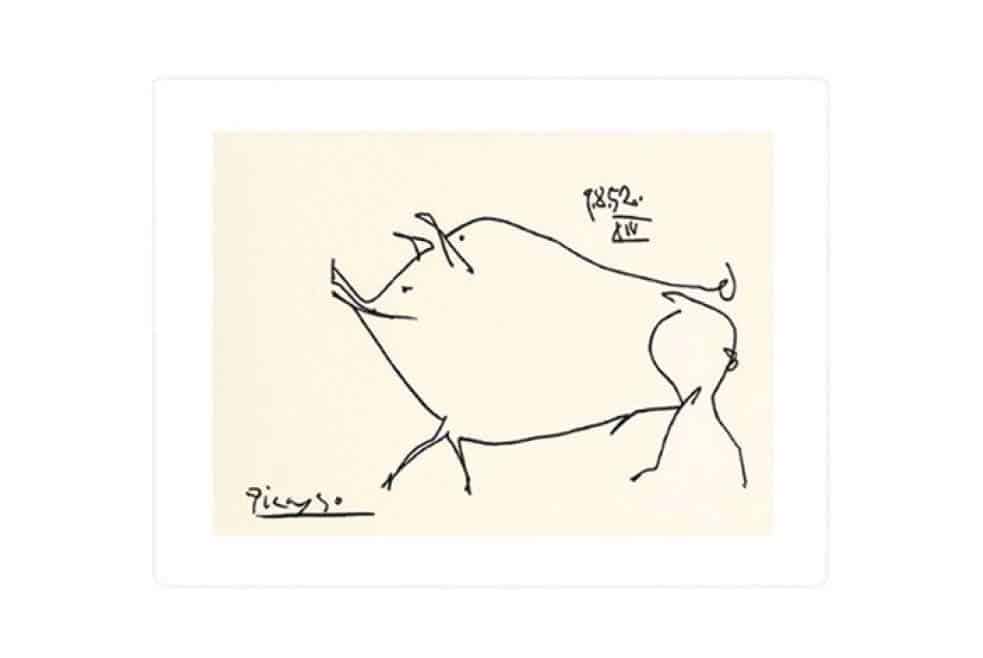
By Meghan Corso
The line that leads the way.
The eponymous line of ‘Line Art’ is, put simply, the most elemental gesture or stroke of an artist. It is the first address to and on the supporting surface, whether paper or canvas, figuration or abstraction, and can be rendered with graphite, charcoal, oil paint, watercolor, a piece of metal or even a neon tube. It is the fundamental tenet of any composition, laying the foundation for the work, irrespective of genre or era. In many memorable and iconic instances, line art is itself the final destination rather then the well-trodden path towards one; assured in its resolution, confidence and clarity and itself the de facto finished article.
“Drawing is like making an expressive gesture with the advantage of permanence.”
– Henri Matisse
The Foundation of Every Artwork.
Line art is the basic element that underpins most artistic production, as opposed to being an art movement unto itself. It can be described as the essential component of art–the building block that has shaped both the formal treatises and canonical lineages of both figuration and abstraction. The process of line art is itself pivotal–its very deftness indicative of the artist’s mastery and responsible for producing notable works in art history by artists as influential as Picasso, Matisse, Kandinsky and Klee. Each of these figures has exerted a monumental influence over the history of art, imbuing line art with characteristics unique to their specific talents, but always encompassing the simple delights of both whimsy and rigour.

Line Art and Figuration – Picasso and Matisse.
Both Picasso and Matisse made line art drawings that are considered to be some of their most widely recognised and iconic works, certainly among the most-loved works by each artist.
Picasso’s line drawings were created with pencil or chalk, often rendered in one unbroken fluid line conveying enormous amounts of visual information with effortless economy, perfectly evoking an animal, a myth, a woman, flowers, amongst other motifs. Reminiscent of calligraphic strokes, his simple drawings showcased a playful side to the artist with the kind of immediate spontaneity often not seen in his paintings. His energy-filled gestures encapsulated the essence of his manifold subjects, rapidly distilling their very forms into lines of dynamic shape and movement.
In much the same way as Picasso, Matisse explored the possibilities of line art extensively. He used the expressive potential of the line gesture to depict very intimate subjects such as nude figures, the female form and, like Picasso, other subject matters like mythology. By the late 1940s painting had begun to take a physical toll on Matisse’s body and so, for a time, he focused on his iconic ink drawings. Matisse believed that his drawings should be, “Quick, gestural exercises that captured the essence and emotion evoked in him by his subject.” The drawings became a tool for Matisse to work out complicated ideas, crystallising them with brilliant virtuosity into linear form.
If I trust my drawing hand it is because in training it to serve me, I forced myself to never let it take precedence over my feelings.
– Henri Matisse
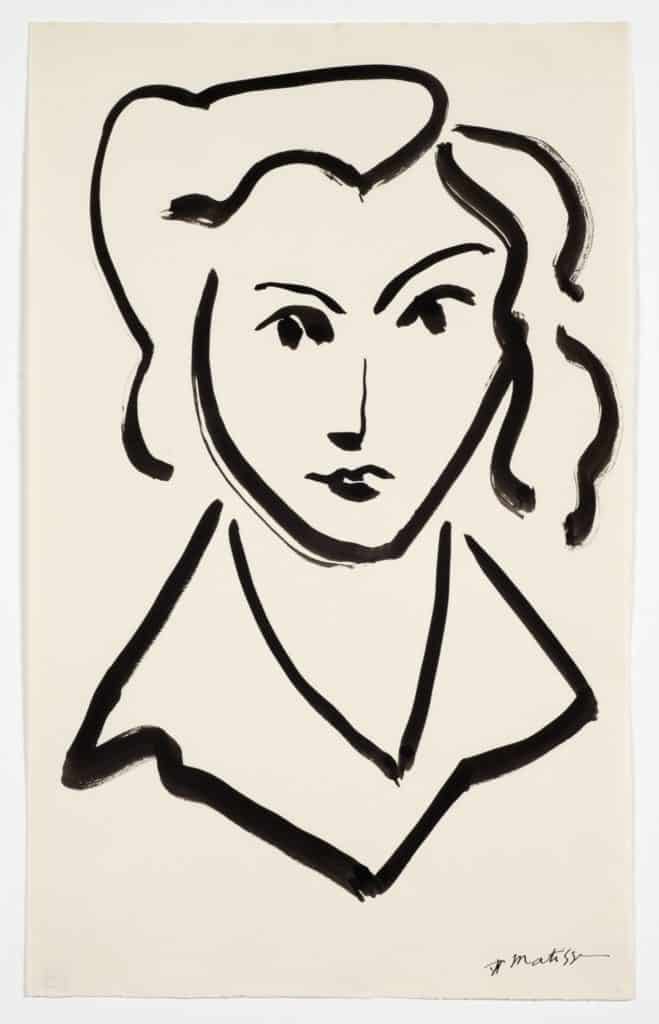
Line Art and Abstraction.
When exploring the history of abstraction, a trajectory that began to evolve in the early years of the twentieth century in parallel to the pomp of both Picasso and Matisse, line art can also be found in the work of the early pioneers in this field. As one of the fundamental building blocks of composition, one can make a case for line art as the key element in works by Mondrian for instance (in tandem with colour and the flat picture plane), as well as other key protagonists of this time such as Wassily Kandinsky and Paul Klee.
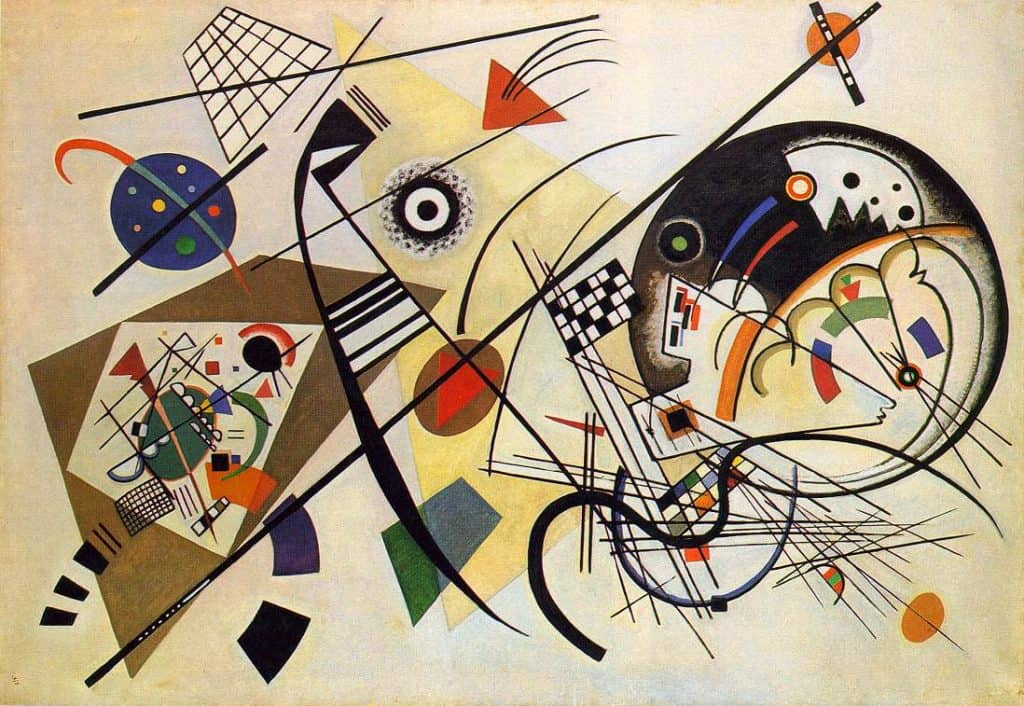
Kandinsky, Klee, and The Bauhaus
Kandinsky and Klee were both key theorists shaping the dialogue surrounding line art as influential faculty members of the Bauhaus, the art and design school of Germany’s Weimar Republic founded in 1919. Kandinsky’s Transverse Line, created in 1923 encompasses various shapes, colors and lines. The complex relationship between the elements was the subject of a detailed theoretical position elucidated by Kandinsky. Transverse Line differs significantly from his early works, which focused on post-Impressionistic painterliness and quasi-religious themes. In addition to his paintings, he published his theoretical book, Point and Line to Plane in 1926 where he theorised and expounded upon the the powerful effects of the straight line, and its interrelationship with the other immutable components of a composition.
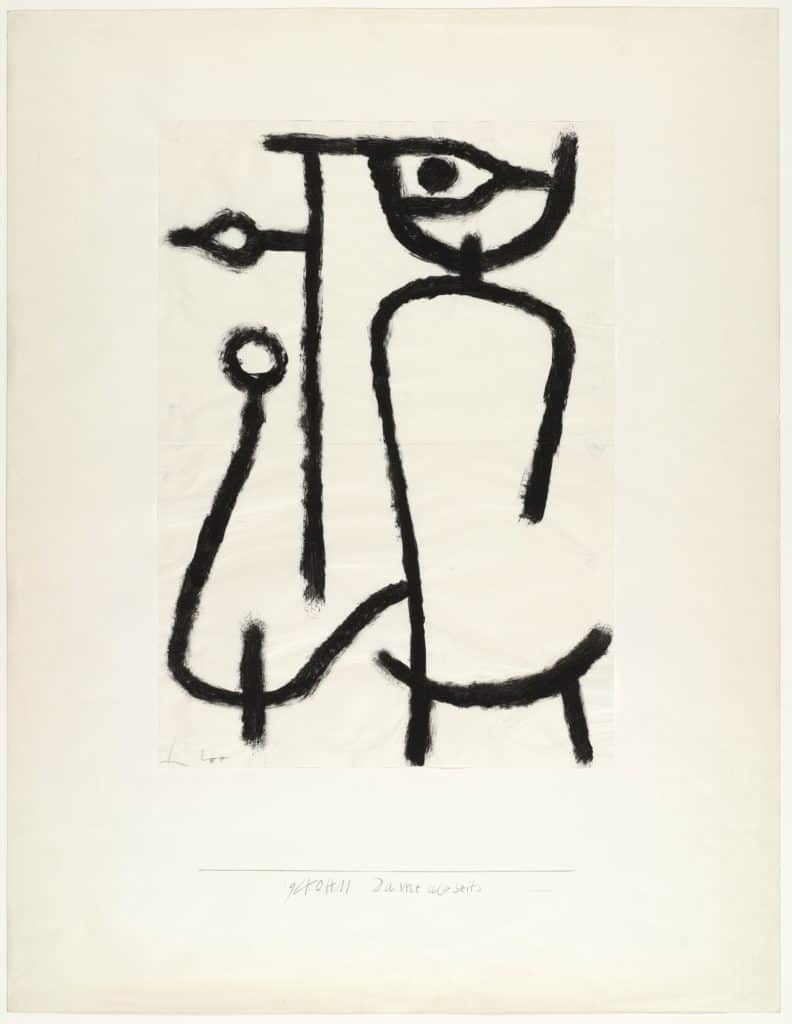
“A line is a dot that went for a walk.” – Paul Klee
While working and developing the effects of the straight line both in and out of the classroom, Kandinsky befriended fellow painter and theorist Paul Klee. While Klee was working at the Bauhaus, he created a textbook that was filled with his various theories and diagrams regarding the limitless possibilities of using line effectively in one’s work. The book consists of five full sheets filled front to back with detailed notes, diagrams and hand drawn models of his theories of line, illustrating his views on where and how to deploy the line in composition and the infinite permutations of such, endeavouring to definitively gather the ideas into a pseudo-science textbook of the subject.
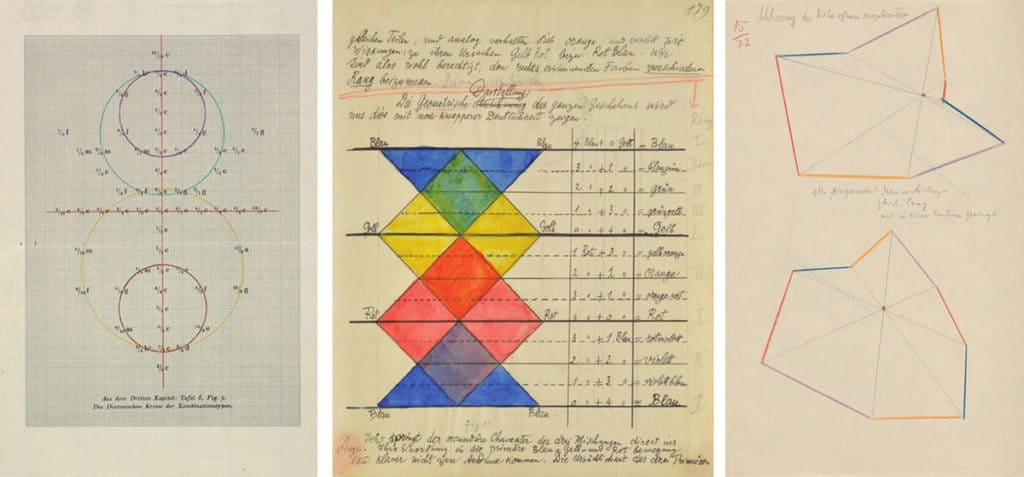
The Bottom Line
Today the influence of line art is everywhere and can be regarded as one of the fundaments of an almost infinitely versatile graphic language. It can be seen not only in the works of countless artists, but also in graphic design, advertising, animation, and equally at home in a viral gif, on a billboard or in museums or galleries. A cursory search for ‘line art’ on Instagram reveals 5.2 million posts affiliated to the hashtag. Picasso, Matisse, Kandinsky, and Klee might all have harnessed the line as a tool they made their own, but the power of the line is an ever-changing one, its consistency to be found in its unerring ability to effect every facet of our visual culture.
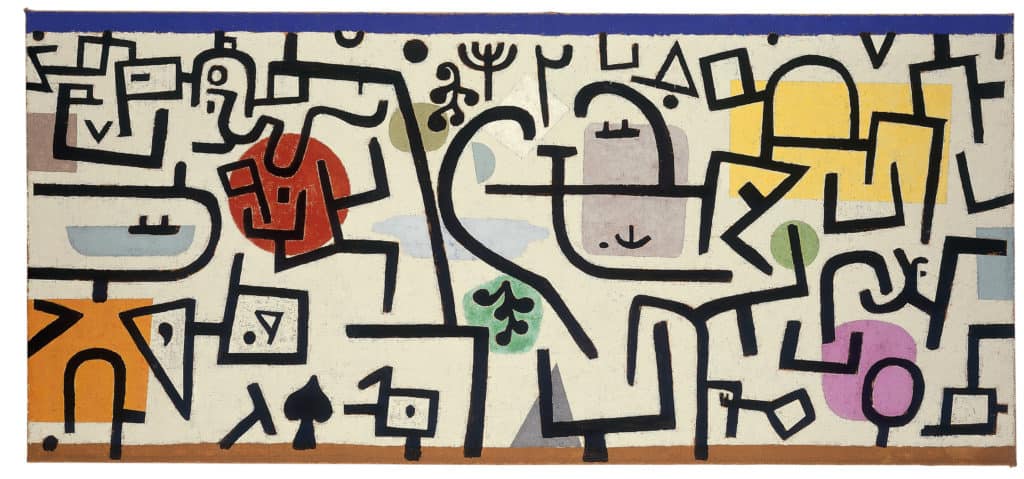
Relevant sources to learn more
Baldessari explains his strange mind to the San Francisco Museum of Modern Art
Check out the artists website
Read about the Artmovement: Zero Group in Artland Magazine